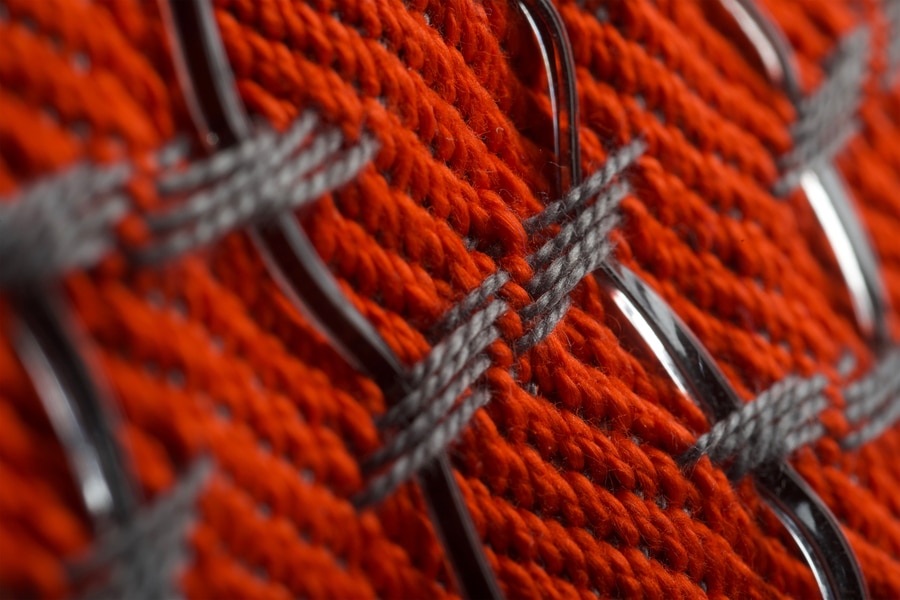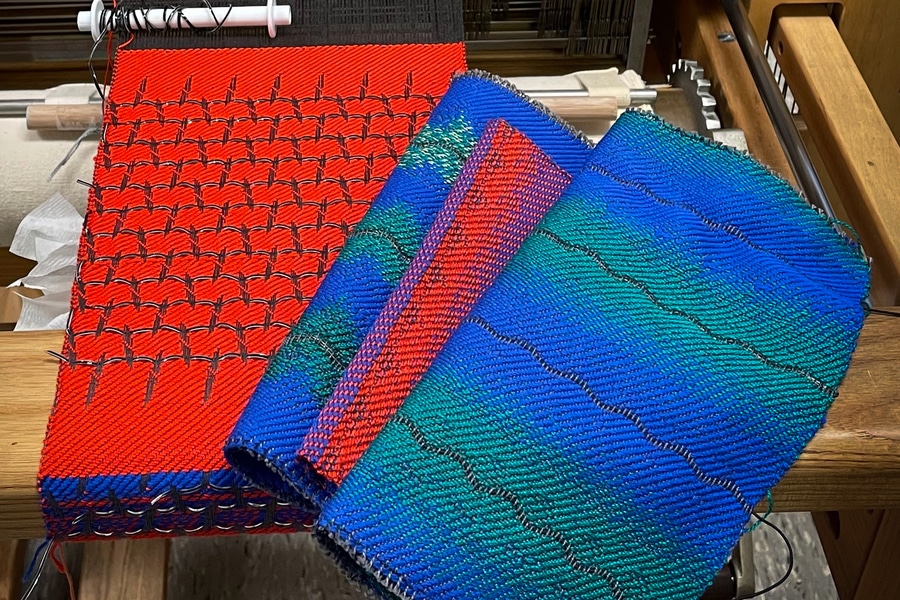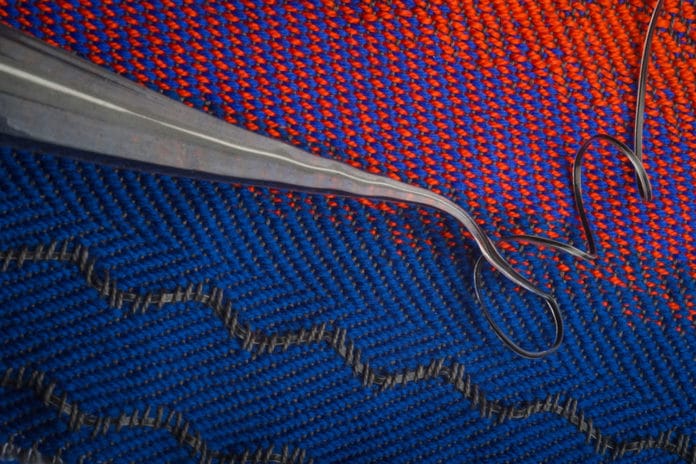MIT engineers and collaborators have developed a new acoustic fabric that can remedy hearing trouble. The fabric converts sound first into mechanical vibrations, then electrical signals, like our ears.
This fabric has been created using a flexible fiber that captures the unnoticeable vibrations from audible sounds. When the fiber is woven into the fabric, it bends with the fabric like seaweed on the ocean’s surface.
Engineers designed this fiber using a piezoelectric material. The material generates an electrical signal after bending or mechanically deforming. This way offers a means for the fabric to convert sound vibrations into electrical signals.

The fabric can capture sounds ranging in decibel from a quiet library to heavy road traffic. Whats’ more, it can also determine where the sound is coming from. It can also detect a wearer’s subtle heartbeat features.
Lead author Wei Yan, who helped develop the fiber as an MIT postdoc, said, “Wearing an acoustic garment, you might talk through it to answer phone calls and communicate with others. In addition, this fabric can imperceptibly interface with the human skin, enabling wearers to monitor their heart and respiratory condition in a comfortable, continuous, real-time, and long-term manner.”
Inspired by the human ear, the team wanted to create a fabric that could detect sound. Their research led to two critical discoveries: Such a fabric would have to incorporate stiff, or “high-modulus,” fibers to convert sound waves into vibrations effectively. Based on that, scientists need to design a fiber that could bend with the fabric and produce an electrical output in the process.
Considering these guidelines, engineers develop a layered block of materials called a preform. This preform, which is about the size of a thick marker, is made from a piezoelectric layer and ingredients to enhance the material’s vibrations in response to sound waves. The resulting preform was then heated and pulled like thin, 40-meter-long fibers.

In an experiment, scientists determined the fabric’s sensitivity to sound. To do so, they attached it to a suspended sheet of mylar. A laser was used to measure the vibration of the sheet. They demonstrate that the sound varies between a quiet library and heavy road traffic. The fiber vibrated and generated an electric current proportional to the sound played in response.
Grace Noel at MIT said, “This shows that the performance of the fiber on the membrane is comparable to a handheld microphone.”
According to scientists, this audible fabric can help those with hearing loss tune in to a speaker amid noisy surroundings.
Yan said, “It can be integrated with spacecraft skin to listen to (accumulating) space dust or embedded into buildings to detect cracks or strains. It can even be woven into a smart net to monitor fish in the ocean. The fiber is widespread opening opportunities.”
Yoel Fink at MIT said, “The learnings of this research offers quite literally a new way for fabrics to listen to our body and the surrounding environment. The dedication of our students, postdocs, and staff to advancing research that has always amazed me is especially relevant to this work, which was carried out during the pandemic.”
Journal Reference:
- Yan, W., Noel, G., Loke, G. et al. Single fiber enables acoustic fabrics via nanometre-scale vibrations. Nature (2022). DOI: 10.1038/s41586-022-04476-9
